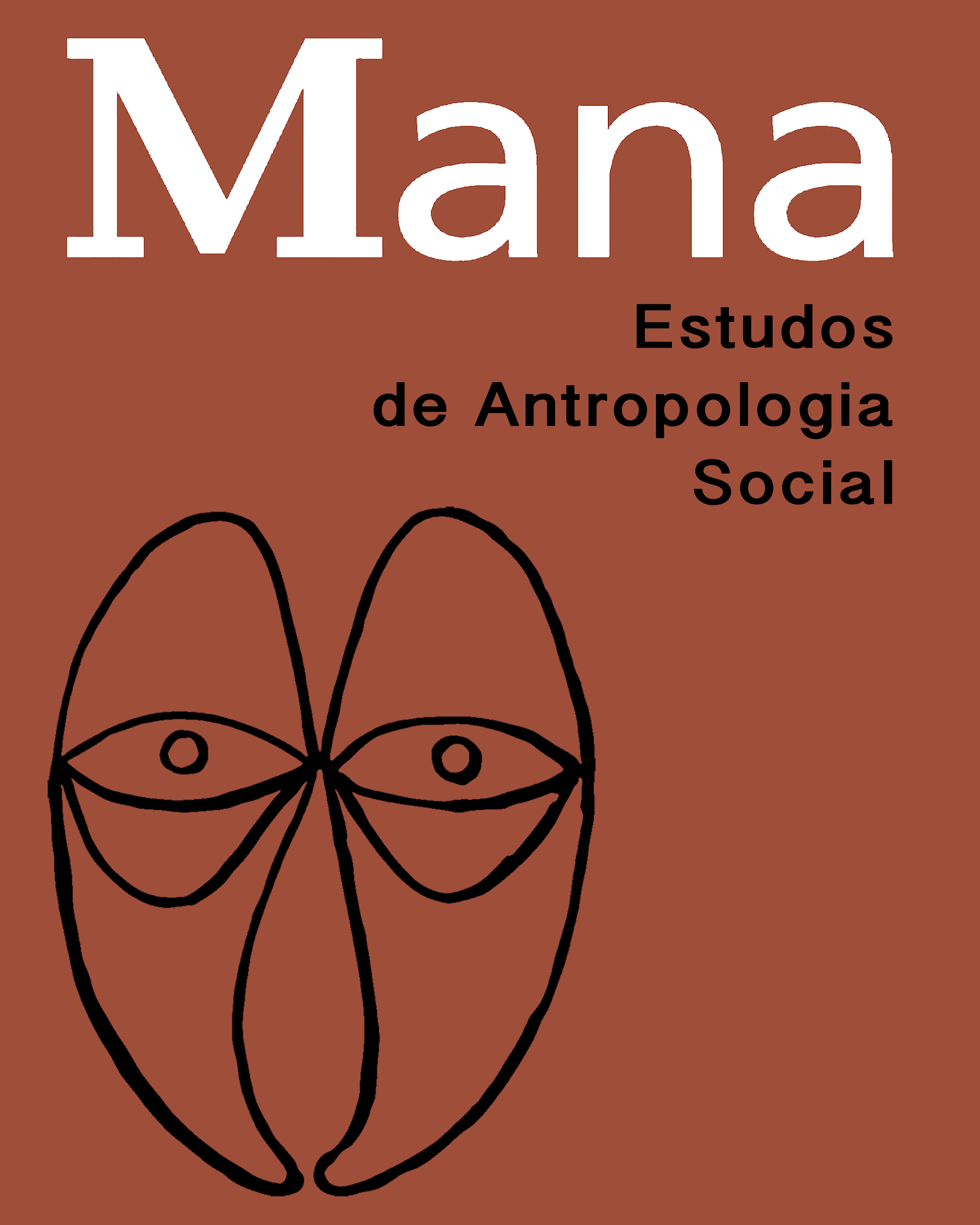Abstract
In Arawan mythology, tobacco is conceived of “in an aquatic key”, while the presence of this plant in everyday life paradoxically shows a movement “in a flaming key”. For indigenous groups inhabiting the Purus river, tobacco and poisons, reveal a genuine chromaticism within the framework of the "regressive mythology" that Lévi-Strauss found in other Amerindian contexts. In Arawan narratives, tobacco is perceived as food, but its emetic, narcotic and toxic effects allow it to be considered an “antifood”. Tobacco and poisons operate an inverse logic that turns prey into the predator of their predators. Shamanism enables a dangerous approach to alterity through poisons, by associating tobacco with the curare of arrows, the poison of snakes, and the fish poison timbó. In Arawan myths (Suruwaha, Banawa, Deni ...), the chromaticism of the shaman’s poison upsets the difference between prey and predator, reversing the unstable order of the cosmos.
Key words:
Tobacco; Poisons; Arawa; Shamanism; Mythology

 Thumbnail
Thumbnail
